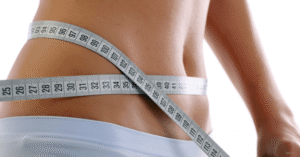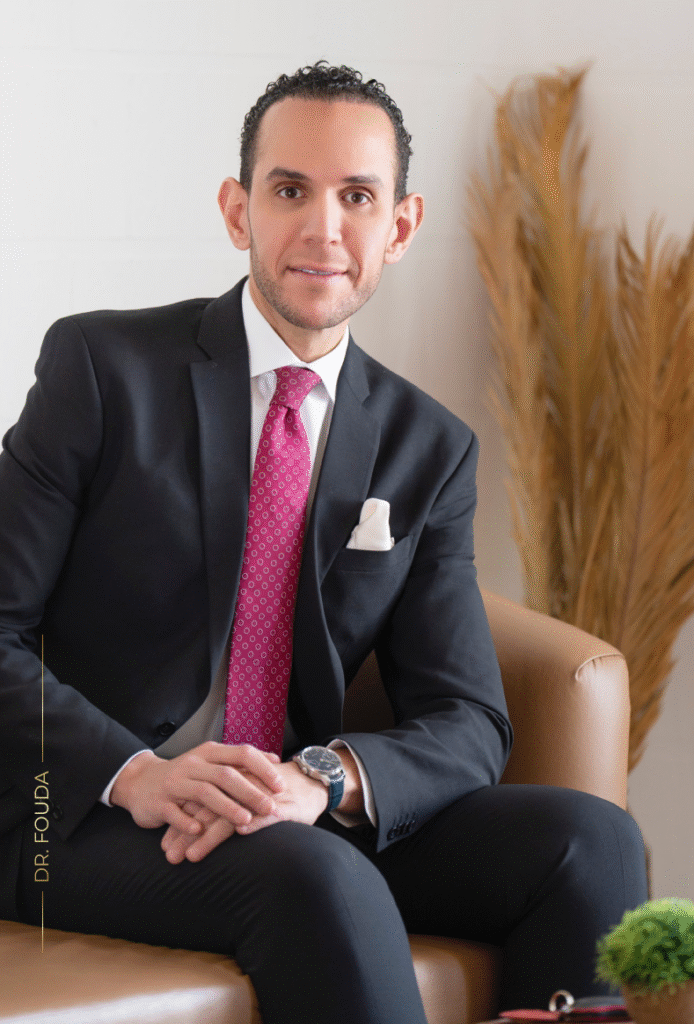
Sleep, after any surgery, is one of the best ways to boost your immune system and help your body heal faster. However, sleep is often difficult in the postoperative phase, especially after facelift surgery. Facelift patients are advised not to sleep on their sides and try to sleep with as little movement as possible at least for the first week after surgery in order to avoid pressure on the surgical sites which can damage sutures, cause bleeding and increase swelling.
What is the ideal sleeping position post-facelift surgery?
The ideal sleeping position for facelift patients is in on the back with the head raised above the heart. This sleeping position may be difficult for people who are used to sleeping on their sides, so it may be a good idea to start this practice a few months before the surgery.
Sleeping on your back is a good habit to develop regardless of surgery – many dermatologists maintain that side sleeping is one of the major ways people develop face wrinkles. In addition, back sleeping has a few other benefits – it helps to relieve back pain and provides a more deep and restful sleep.
Patients must avoid side sleeping after surgery because this position not only increases swelling but can cause friction on the skin of the face and aggravate the healing tissues, especially in the early postoperative period. When you sleep on your side, that side will incur more swelling because of the weight and pressure put upon it. More importantly, sleeping on your side may disrupt the suture line. Head elevation of about 30-45 degrees is important after any facial surgery in order to control and diminish swelling.
What will help me stay in the ideal position while sleeping?
You can try sleeping in a reclining chair. The advantage of a recliner chair is that it forces you to stay on your back while sleeping, so there is no risk of turning over and causing trauma to your incisions.
If you sleep in a bed, make sure it has a firm mattress which helps to maintain the back sleeping position. A U-shaped travel pillow or a pillow with arms is also useful. You can achieve a similar result by boxing yourself in with pillows beneath your arms to prevent rolling over and using a 30-degree wedge pillow (available at any medical supply store).
When using extra pillows to keep your head elevated, make sure the pillows behind your head reach the area between your shoulder blades to help keep your chin a little extended. In addition, try placing another pillow beneath your knees to contour the body naturally and make it more comfortable for you to sleep.
It may be difficult for you to sleep in this position initially. Some patients are prescribed sleeping pills for the first week of the postoperative period to help them sleep, but you can also try non-drug sleeping techniques such as deep breathing, visualization, or meditation. For more information about maintaining proper healing while you sleep, contact our team today.









